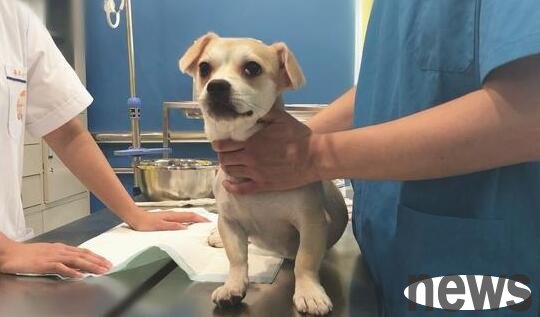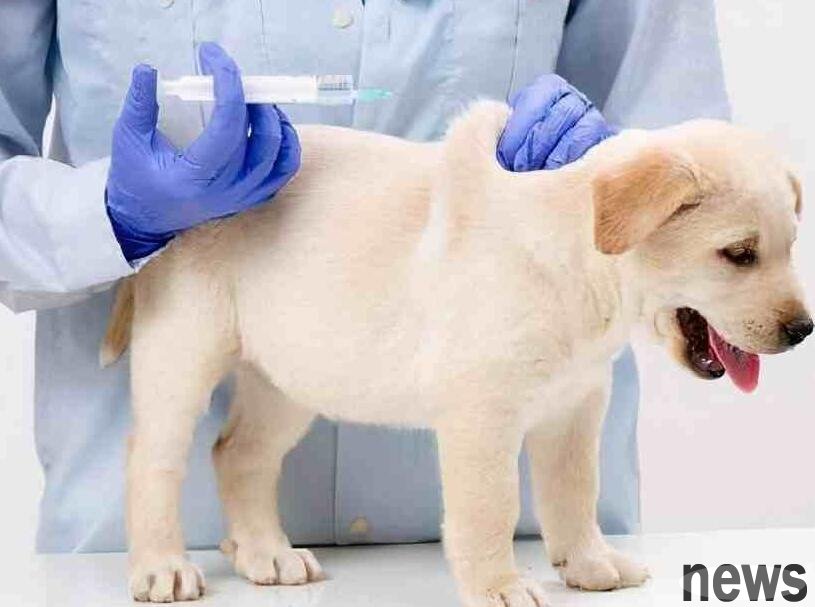Preoperative physical examination is very important. Perform a physical examination and consult a veterinarian for your dog. Never ignore its physical condition, even if it looks lively and healthy, it does not necessarily mean it is suitable for surgery.
Show the dog bath and trim the hair two or three days before the formal operation. The wounds cannot be stained with water after the operation, and shorter hairs are more convenient for care. Stop feeding 8-12 hours in advance, reduce drinking water, and ensure that it can basically complete digestion and excretion before the operation.
Because surgical anesthetic drugs stimulate and inhibit the gastrointestinal tract, vomiting and gastrointestinal motility may slow down. Preoperative fasting and water ban can prevent vomit from flowing back into the respiratory tract, causing danger, avoid indigestion, and reduce complications.

The difference between bully dogs and pit bulls, what are the differences?
It is recommended to prepare a dog-friendly airbox with soft mats, blankets and diapers. It may not be able to stand and walk after the operation. It is best to keep it in an air box for the sake of protecting the wounds so that the dog can go home more comfortably and safely. Precautions during surgery The time required for sterilization is relatively short: it takes about 30 minutes for a bitch to undergo intraperitoneal surgery, and the operation for male dogs is relatively simple, and the fastest one is only 10 minutes. The effects of anesthesia take approximately 2 hours to recover. Usually you can take it home on the same day.
If the operation is smooth and there are no adverse reactions after the operation, it is not recommended to be hospitalized because in the unfamiliar environment of the hospital, with relatively concentrated pathogens, it will be anxious, afraid and prone to cross-infection.

Things to note after surgery After the operation is completed, when the dog is not fully awake, be careful to place it on a flat low place, let it lie flat, keep breathing smoothly, and avoid falling and injury.
You can apply eye drops to dogs that have not yet awakened to prevent their cornea from being too dry. Keep the postoperative rest environment clean, clean, quiet and warm, and avoid licking, biting, scratching, and scratching your own wounds, affecting the wound healing.
Do not feed until the dog is fully awake and the anesthetic fails to work, and avoid possible vomiting and inhalation pneumonia. Before the first bowel movement after surgery, it is recommended to feed half of the usual amount of food. After a smooth bowel movement, you can return to normal feeding.
After dogs can eat normally, in order to promote wound healing, it is best to feed high-quality nutritious foods, such as the nutritious Kakato. The ingredients are from poultry and livestock grazing in natural grasslands and fish in waters with good water quality. They do not contain any hormones or diseases, which can provide more adequate nutritional support for the dog's physical recovery.
Dogs need vary in time for recovery. Usually male dogs recover faster than bitches. After the operation, there is a 7-10-day wound recovery period. Pay special attention to keeping the wound dry and avoiding infection. At the same time, wear an Elizabeth collar. Follow the doctor's instructions to feed the medicine and feed. Follow-up visits and arrange for stitch removal on time. Do not remove stitches at home without authorization.